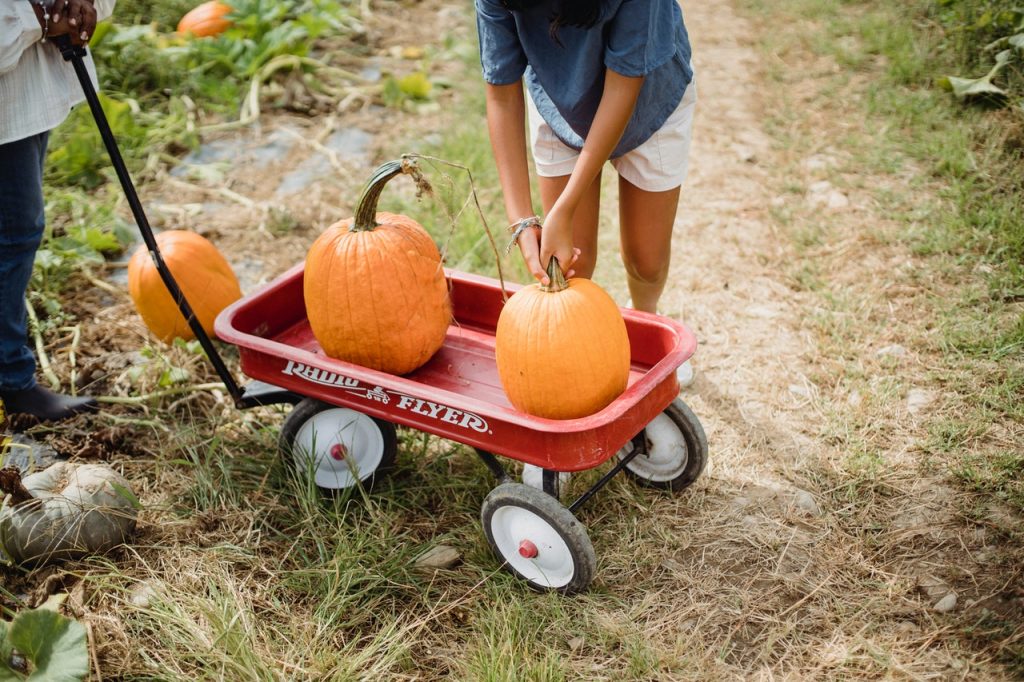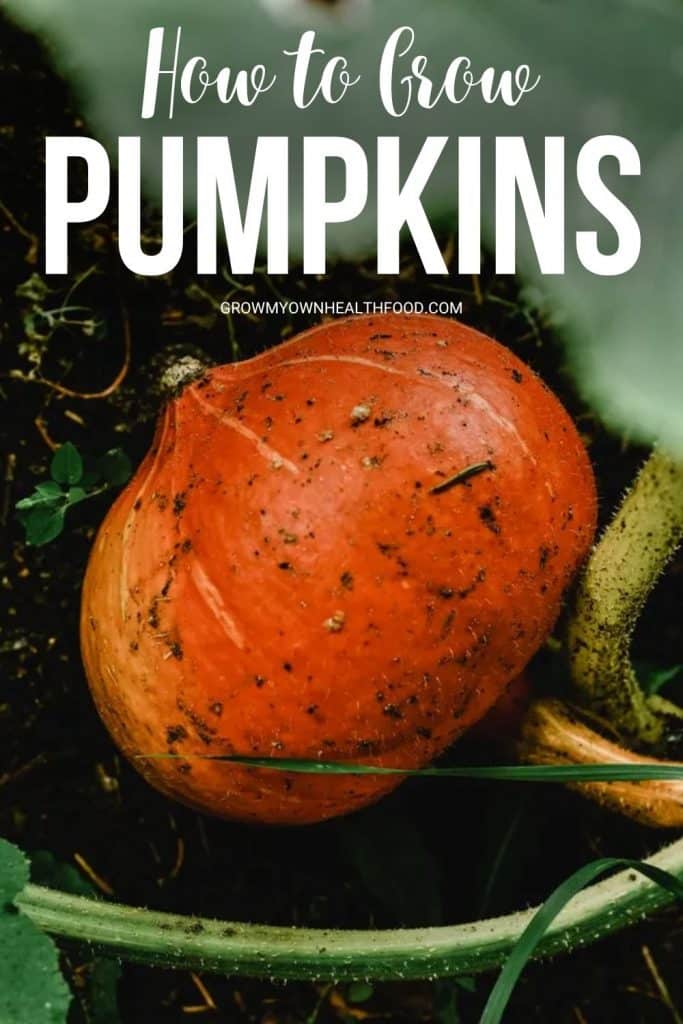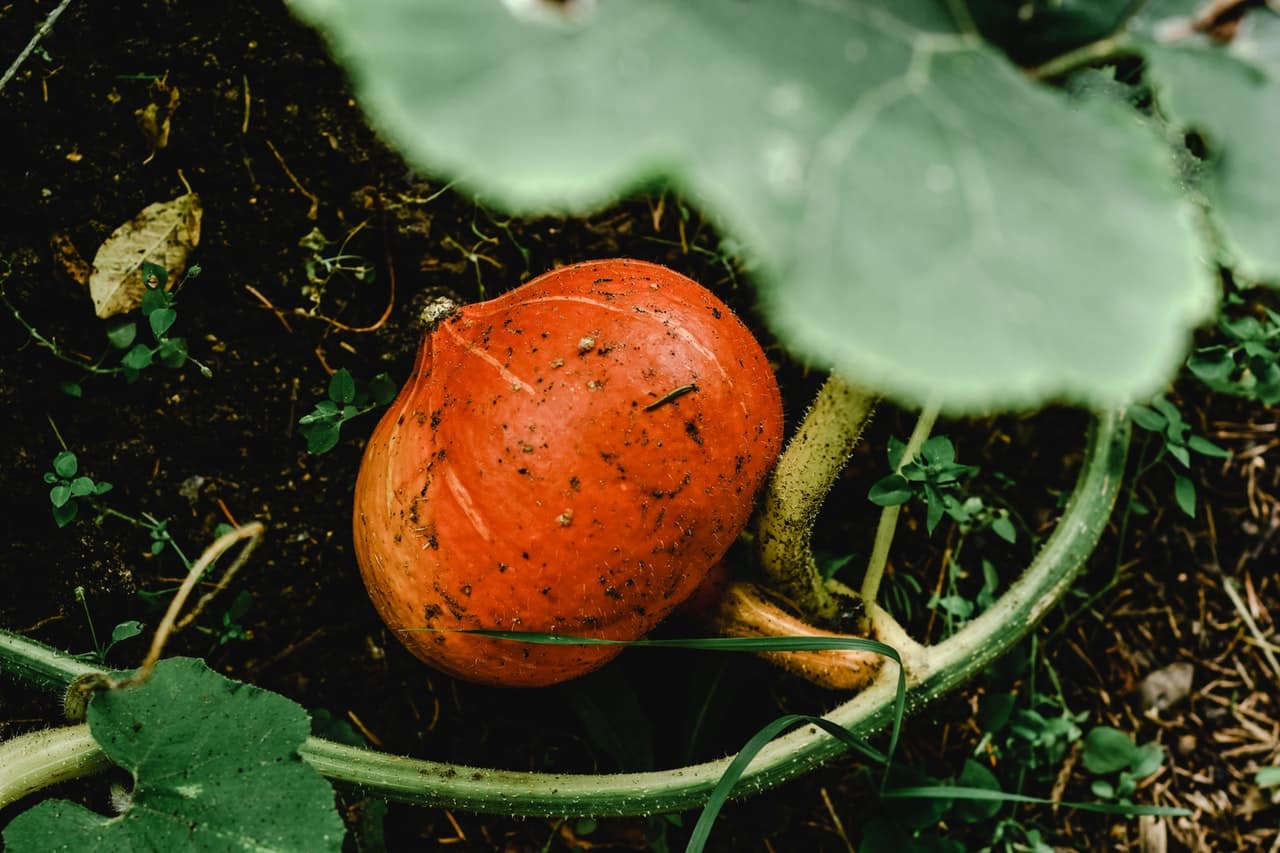While pumpkins have many benefits and uses, the major reason for their fame is Halloween! With the spooky season already around the corner, it is officially the time of the year when people start planting pumpkins so that they are ready to harvest by October. Pumpkins can take 120 to 160 days to fully grow after plantation. Despite the fact that pumpkins need a lot of nourishment, they are still fairly easy to grow and maintain. Here are some guidelines on how you can plant and grow pumpkins on your own!
The Many Uses of a Pumpkin!
While you must recognize pumpkins from their carved-out shapes during the spooky season, they have other benefits as well. Apart from being used for ornamental purposes, many people use pumpkin seeds as a healthy snack. They are also packed with vitamins that boost immunity and promote weight loss.
- Terrasoul Superfoods Organic Pumpkin Seeds (Pepitas), 2 Pounds
- USDA Certified Organic, Non-GMO, Raw, Gluten-Free, Vegan
- Unsalted and 100% organic pumpkin seeds are good for your health and for any di
Prices pulled from the Amazon Product Advertising API on:
Product prices and availability are accurate as of the date/time indicated and are subject to change. Any price and availability information displayed on [relevant Amazon Site(s), as applicable] at the time of purchase will apply to the purchase of this product.
When to Plant Pumpkins?

Pumpkins are harvested in fall which is why they should be grown in warmer seasons. As we mentioned pumpkins can take 120 to 160 days to fully grow after planting. Pumpkin seeds should only be sown once there is no danger of any frost as they are sensitive to cold. Ideally, the temperature of the soil should be between 64°F to 95°F. Typically, pumpkins are planted in early June. With the right temperature, seedlings should sprout in 5 to 10 days. If you live in a region where the soil is not warm enough, you can always plant your pumpkin seeds indoors. Once the weather becomes favorable, you can transplant them outdoors.
How Much Space to Plant Pumpkins
One of the major prerequisites of growing pumpkins at home is having a huge space (50 to 10 square feet per plant). Since these fruits can grow into large sizes, having a large space will ensure stability and healthy growth of your plant. Pumpkins can also cover lots of ground as their vines can grow aggressively. If you are not careful, your entire garden can get engulfed by vines. This happened to us one year. A good way to prevent such an outcome is by planting your pumpkins near the edge of the garden. As vines grow, you can direct them toward the outside of the garden.
- Miracle-Gro Performance Organics All Purpose In-Ground Soil delivers up to 2X more bounty (vs unfed plants)
- Use for growing vegetables, flowers, and herbs, and amending garden beds
- Feeds plants for up to 3 months
Prices pulled from the Amazon Product Advertising API on:
Product prices and availability are accurate as of the date/time indicated and are subject to change. Any price and availability information displayed on [relevant Amazon Site(s), as applicable] at the time of purchase will apply to the purchase of this product.
How Far Apart Should Pumpkins Be Planted?
Pumpkin plants should be planted 4 to 10 feet apart from each other. For best results, pumpkin seeds can be planted on hills that are slightly raised as compared to the rest of the ground. The soil on such patches warms quickly and seeds can germinate faster. Hills also receive better sunlight as compared to the surrounding ground.
You can prepare such hills by digging down 11 to 14 inches of soil and mixing compost or in-ground soil in it. Every hill should only have four to five seeds that are sown an inch deep into the soil. After the seedlings sprout and grow up to 2 to 4 inches tall, you can thin them to one plant every 16 to 35 inches. This also means that every hill should only have 2 or 3 seedlings. If you are planting the seeds indoors, you must wait for the seedlings to harden before you transplant them outside into rich soil.
Stages of Pumpkin Growing
- Your pumpkin plants will need an inch of water every week. Water your plants in the morning and in hot evenings. The water should be just enough for the plant so that it does not sit in damp soil which can cause root rot.
- Suppress the weeds and remove them carefully so you do not damage shallow roots. Adding much manure around the plant will also help in retaining moisture and discouraging pests. Side-dressing with manure will also provide pumpkin plants with the nutrients as they are heavy feeders.
- Protect your plants by covering them with row covers as they can be attacked by insects. However, you must remove the covers before flowering so pollination can occur. Pollination happens mainly because of bees so you have to be careful about the pest control chemicals you use. You can also use garden netting to protect your plants. Plant trellis is another product that can be quite useful during your pumpkin growing process.
- Ultra-Fine Mesh Netting - Large Size 10x33 Feet provide more security, Ultra Fine Garden Netting has a 0.8mm x 1mm ultra-fine mesh, effective protect vegetable plants fruits flowers crops.
- Air, Water & Light Through - Unique oblong hole construction creates very fine protections for great results, and others while allowing air and moisture through.
- All-Purpose Garden Netting - Garden netting covers are widely used in pastures, orchards and gardens, protect your veggie investment with this simple shelter, also used indoors and windows at home.
Prices pulled from the Amazon Product Advertising API on:
Product prices and availability are accurate as of the date/time indicated and are subject to change. Any price and availability information displayed on [relevant Amazon Site(s), as applicable] at the time of purchase will apply to the purchase of this product.
- Reusable, High-quality, Versatile Trellis Netting - Soft, yet heavy-duty, this plant trellis netting helps plants cling to a smooth surface and will last a couple of years.
- Cut to Any Size - This garden trellis netting comes in one of two sizes: 6x15ft or 6x30ft, making it easy to cut to the appropriate size for your garden.
- Save Space - Expand upward! Direct your plants by weaving the plant netting support around poles or bamboo sticks for a quick, extremely sturdy plant trellis netting that will hold the weight of your plant.
Prices pulled from the Amazon Product Advertising API on:
Product prices and availability are accurate as of the date/time indicated and are subject to change. Any price and availability information displayed on [relevant Amazon Site(s), as applicable] at the time of purchase will apply to the purchase of this product.
- Once the flowers and fruits start to form, your pumpkin plants will need lots of water. A soaker hose or a drip system is recommended to make sure your plants get enough water for sustenance during this period. Other than water, pumpkins will also need more plant food than ever during this stage.
- Full of essential nutrients, it instantly feeds to grow bigger, more beautiful plants versus unfed plants
- Feed every 1-2 weeks
- Use with the Miracle-Gro Garden Feeder or any watering
Prices pulled from the Amazon Product Advertising API on:
Product prices and availability are accurate as of the date/time indicated and are subject to change. Any price and availability information displayed on [relevant Amazon Site(s), as applicable] at the time of purchase will apply to the purchase of this product.
Growing Bigger Pumpkins
If you want your pumpkins to be bigger in size, you can try out some techniques that farmers use.
- After some pumpkins have formed, you can stop the vine growth by pinching off the fuzzy ends. This way the plant energy will be focused on the fruit.
- Pruning the vines can also create more space for fruit formation.
- If you are not focusing on quantity, then you can choose 2 or 3 best pumpkins and remove the rest of them.
- If you are hoping for pumpkins that look aesthetically pleasing, you can turn the fruit after it is fully developed. While doing so, do not hurt the vine or stem. This will encourage an even shape of the fruit on all sides.
- Heavy feeding and shallow cultivation is the key to growing pumpkins that are healthy and big.
How to Preserve Pumpkins

After all the hard work is done, it is time to reap your reward! Pumpkins should be harvested before the frost. If you carefully store your pumpkins, they will last for 2 to three months. Here are some things to keep in mind as you harvest and store your pumpkins.
Harvesting and Storing Pumpkins
- You will know that your pumpkin is ready once its skin hardens, it is fully colored, and its stems start to shrivel.
- While harvesting, wear gardening gloves as pumpkin vines can be quite prickly.
- Cut the plant’s stem with a sharp knife so that the fruit still has an inch of the stem on it. You must not lift the pumpkin by its stem but provide it support by placing your hand under its bottom. Lifting the plant from the stem can result in a broken stem which may not be good for your pumpkin.
- Cure the pumpkins in the sun for a week or two to harden their skin, improve their taste and seal the stem. While the pumpkins are out curing, protect them at night from frost by covering them.
- Store the pumpkins in a cool place with 60% humidity. The storage area must be free of any vermin or frost.
How to Grow Pumpkins – Final Thoughts
Growing pumpkins is an exciting business and caring for these plants is extremely easy. Pumpkins desperately need nutrients because of their enormous size so you just need to keep them fed. This season, try growing your own pumpkin patch and surprise everyone on Halloween with your homegrown pumpkins! If you’re interested, here are some products that would help you grow the best pumpkins at home.












